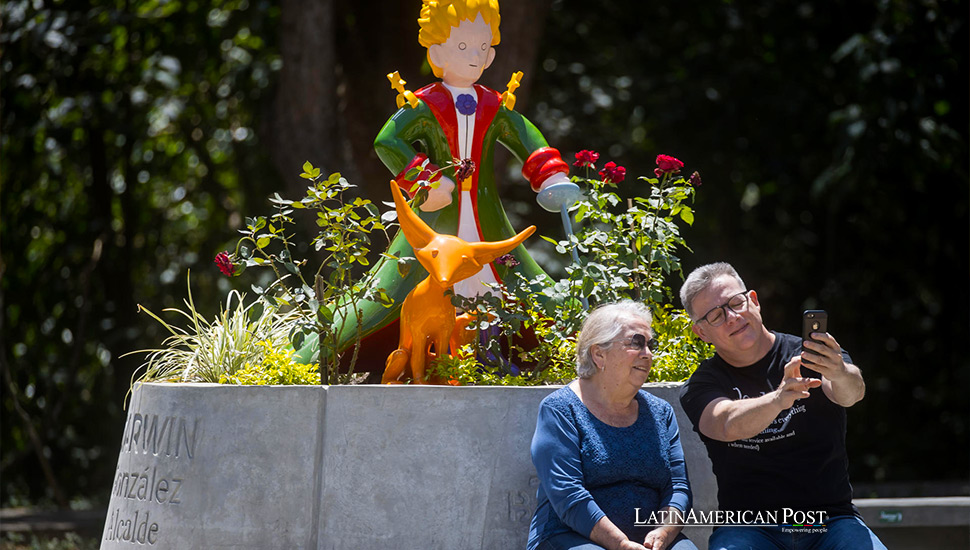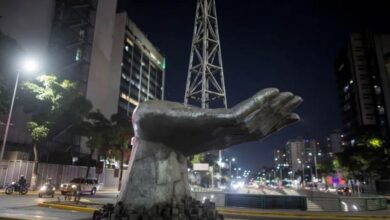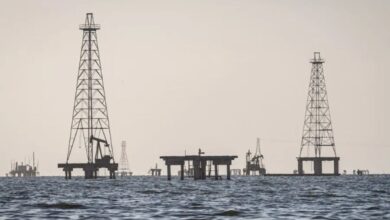Reviving Venezuela’s Cultural Heritage Amid a Flood of Foreign Icons

In Caracas, the arrival of international characters and artworks sparks debate, urging a shift towards celebrating Venezuela’s rich cultural heritage and addressing the neglect of national treasures.
Globalization’s Artistic Impact on Caracas
In recent months, Caracas has become a canvas for the global, hosting characters like Mafalda, Snoopy, The Little Prince, and 19 ‘Meninas,’ along with busts of renowned foreign poets, including Russia’s Aleksandr Pushkin. While warmly received, these additions have ignited a conversation about the balance between foreign influences and the promotion of national cultural heritage. The unveiling of Pushkin’s bust in February, attended by Russian Foreign Minister Sergey Lavrov, alongside earlier tributes to Federico García Lorca and Wislawa Szymborska, underscores a growing trend that some experts argue could overshadow Venezuela’s rich artistic legacy.
Humberto Valdivieso, a researcher, professor, and curator of contemporary art, voices a critical concern: the risk of forgetting the national in favor of the international. “What about our own? Why is it absent? Why is it not seen?” Valdivieso questions, pointing to a gap in the cultural landscape concerning Venezuela’s monumental works.
The Disconnect in Cultural Landscape
According to Valdivieso, Venezuela is a treasure trove of extraordinary works by artists such as Alejandro Colina, Alejandro Otero, Jesús Soto, Carlos Cruz-Díez, and Alberto Cavalieri. Yet, there seems to be a disconnect between these national assets and the public’s awareness and appreciation. Valdivieso advocates for a balanced engagement with domestic and foreign artworks, suggesting organized tours to national monuments and artworks to educate citizens about their heritage and encourage a sense of ownership and pride.
This call to action highlights a broader issue within Latin American cultural policy, where nations grapple with similar cultural identity and heritage preservation challenges amidst globalization. Countries like Mexico, Brazil, and Argentina have also faced debates over prioritizing foreign cultural symbols over national heritage, prompting initiatives to revive interest in indigenous and local traditions.
In addition to promoting national culture, Valdivieso stresses the importance of addressing the deterioration and neglect of Venezuela’s artistic heritage. Many artworks require urgent maintenance, and some have been vandalized, highlighting a need for restoration and protection efforts. The economic crisis and the COVID-19 pandemic have further exacerbated these challenges, slowing cultural infrastructure development and support for the arts.
Government’s Cultural Program and National Identity
Yet, there is a silver lining. The Venezuelan government’s recent launch of a cultural program aims to invigorate national identity through support for artistic expressions and traditions. This initiative promises financial backing and infrastructure improvements, including creating a “casa de la cultura” in the country’s 1,136 parishes, signaling a potential shift towards valuing and investing in Venezuela’s cultural heritage.
The spotlight on Venezuela’s approach to balancing its cultural portfolio mirrors a region-wide endeavor to celebrate Latin America’s diverse artistic landscape. Encouraging the recognition and preservation of national heritage, alongside an openness to global cultural exchanges, remains a vital step in nurturing a prosperous, inclusive cultural identity that honors both the local and the universal.





